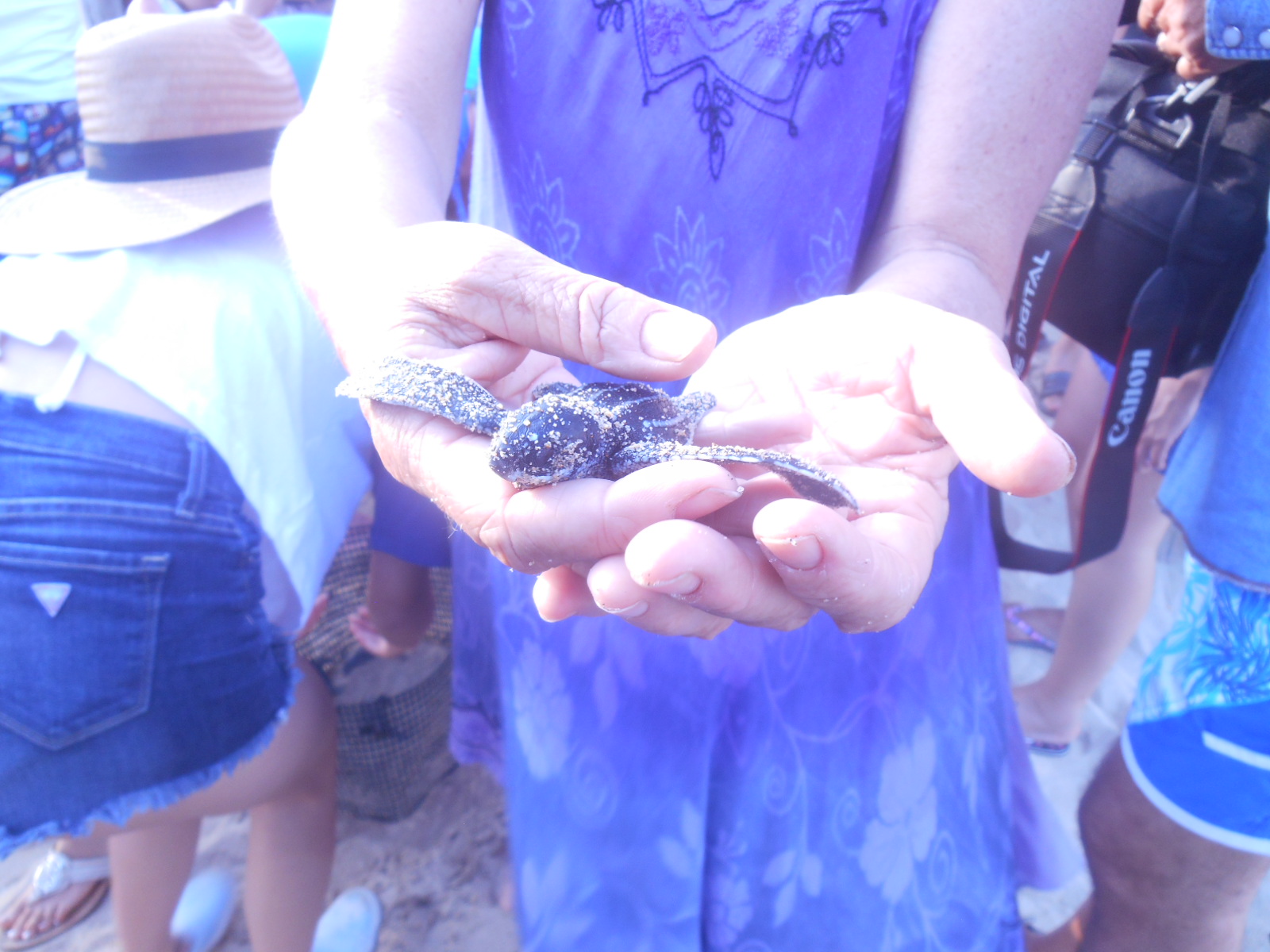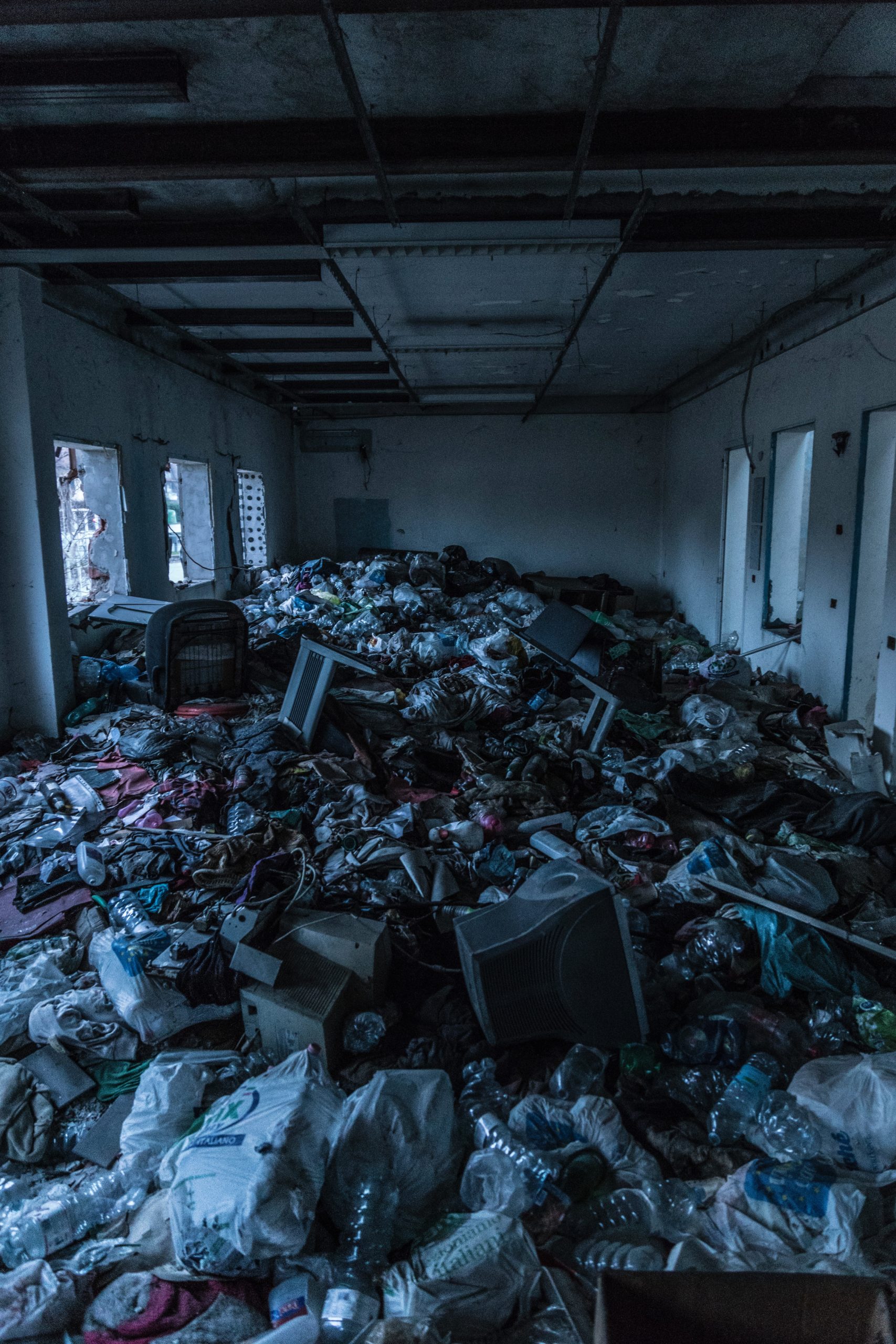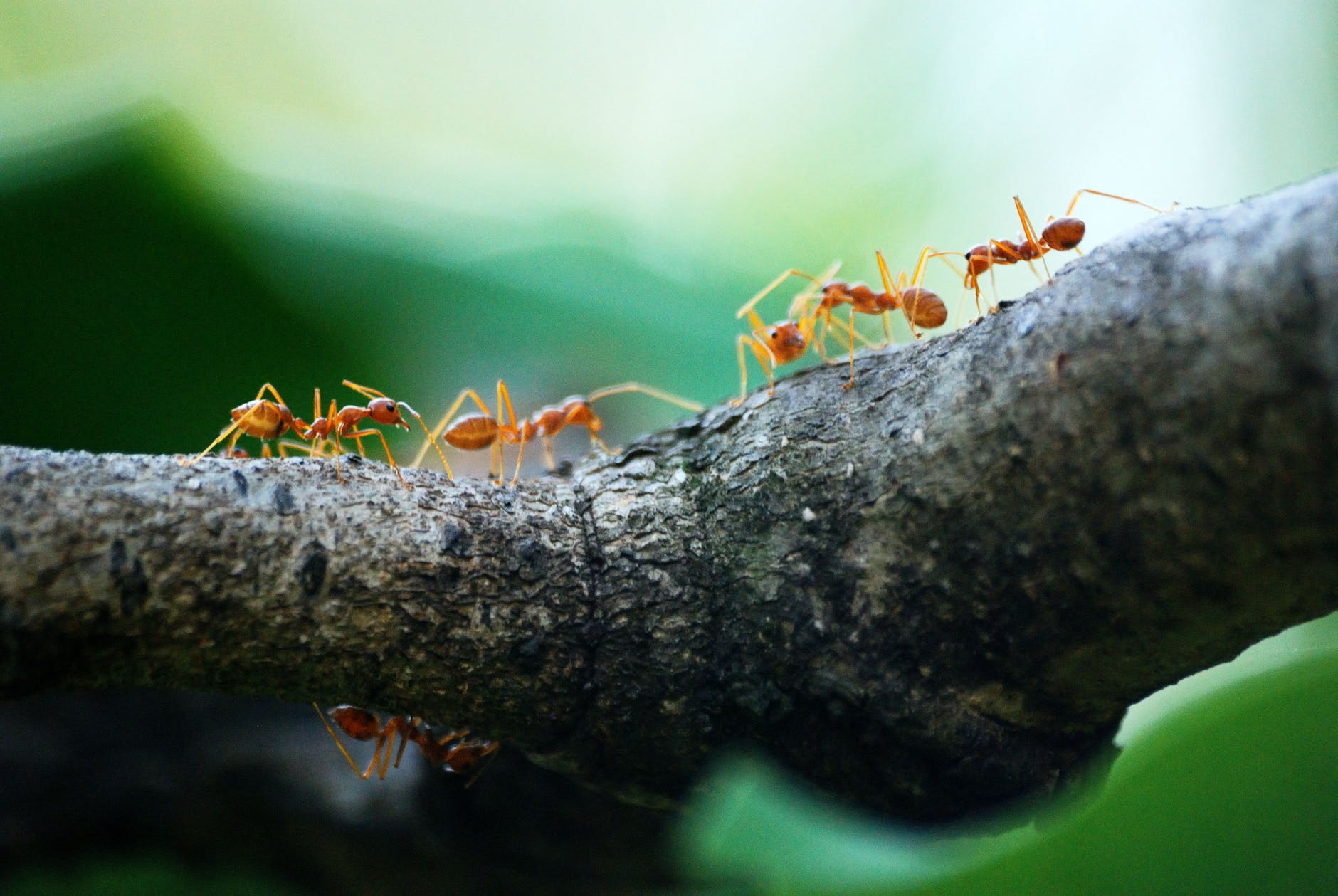Looking at photos of newly hatched Leatherback turtles, the similarity between their flippers and the wings of a butterfly is striking.

Ecotourism: Two Stories
What is ecotourism? According to the International Ecotourism Society, ecotourism is “responsible travel to natural areas that conserves the environment, sustains the well-being of the local people, and involves interpretation and education” (TIES, 2015).
In 2016, I had the privilege of experiencing nature through two ecotourism adventures in Mexico, where I was working for the year. Since moving to Costa Rica, I have many opportunities for ecotourism. I invite you to consider Earthcare when planning your next vacation.
The Turtle Release Party
The turtle release party is a ceremony to celebrate the mystery of life, a sending-off party for tiny creatures who are destined to spend only a few minutes or hours on earth and, if they are lucky, a century in the deep ocean.
Humans are invited to bear witness to the life cycle of sea turtles as these newly hatched amphibians begin their brief and precarious journey from the wombs of deep sand nests and into the vast ocean. Instinct lures them on a mad dash to the sea, but their arrival is not guaranteed. Many perish before they even hatch. Turtle eggs are easy food for crabs, mammals, and sea birds.
And turtle eggs, unfortunately, are still considered a delicacy by some humans.
You are invited to attend the party
Non-profit and environmental organizations pay staff to patrol beaches during the months when adult females return to shore to lay their eggs. Staff and volunteers identify and dig up the nests, and put the eggs in “nurseries” where the eggs are protected until they hatch.
Many of these organizations invite the public to attend the release of the hatchlings. The reasons for this invitation are many. When people participate, they experience the miracle of life. These parties also raise money to help fund sea turtle protection. What people do at these parties is to stand watch against predators and make sure the turtles reach their destination.
The staff draws two lines in the sand as boundaries for the turtles’ path, and instructs participants to stand behind these lines as though watching a race. We are told our only duty is to make sure no turtles stray beyond this line. We are not allowed to touch the turtles, because the oil and chemicals on our fingers may interfere with the turtles’ introduction to the ocean environment. The staff wear plastic gloves and only touch a turtle when they need to intervene, by picking it up to reorient it in toward the ocean.
Watching these tiny creatures struggle toward the sea is an experience in seeing what survival of the fittest looks like. Turtle flippers are not legs for walking in the sand; they are meant for swimming in the water. During these moments when the sea creatures walk on earth, their tiny flippers look like wings.
We gather as strangers to witness the miracle of metamorphosis. The turtles aren’t aware of our presence, but for the moments we are together, humans are the midwives, urging our fellow creatures to enter life in the ocean world where they belong.
That moment when a turtle makes it to the surf and a wave takes it from us is a moment of awe: we wish it well, we will miss it, we feel that our lives are somehow intertwined. And they are.
That’s the point, I think, of these turtle release parties: we experience the human connection to the web of life.

The Life Cycle
Leatherback turtles have been on the endangered species list since 1970, and remain there. The odds are against them from the start. I have heard it said that, out of a nest of hundreds of potential turtle lives, only three turtles actually live long enough to die of old age. Even when humans intervene by helping them reach the ocean alive, these turtles as a species have a low survival rate.
The female leatherback returns to land briefly, just long enough to dig a big hole and lay a lot of eggs. Then she returns to sea, leaving the eggs at the mercy of nature – and humans.
Predators – including humans – search for these nests and dig them up. Turtle eggs are considered delicacies, and sell at a good price. Although turtle hunting and egg gathering are now illegal, poachers continue to take the risk of getting caught.
After hatching
When the lucky, remaining eggs do hatch, the tiny turtles have just a short span of time in which to race to the ocean before they are eaten by predators or die of exhaustion. In addition to the danger of begin eaten, turtles that hatch during the night may become disoriented and never reach the ocean because of the glaring lights of hotels and houses that line the beach, creating a glow that imitates the ocean’s horizon. And during the extreme physical effort of movement, these tiny creatures are utterly vulnerable to any hungry animal that happens to be nearby. Once the hatchlings finally do reach the sea, until they adapt to their surroundings, they are easy prey to sea animals.
Never home-free
The diet of Leatherbacks is mainly jellyfish and cephalopods; they help to keep down the population of jellyfish, which is a help to humans. But because they eat jellyfish, these turtles are vulnerable to accidentally ingesting man-made trash that resembles jellyfish: plastic bags and balloons. Turtles also drown when they are caught in fishing nets.
Leatherbacks, the largest living turtle species, begin life at about the size of a hatchling bird and, if they live long enough—over a century—can weigh up to 1,100 pounds, with a length of nearly six feet. Once these tiny turtles reach their ocean home, only the females return to land to dig nests in the sand to lay their eggs. These gentle giants live their entire lives in the depths of the ocean, rarely seen except for when their heads briefly bob to the surface to take in a new supply of air.
Bear Witness to the Mystery
But we do not need to know all of the facts. We feel awe and mystery as we stand watch during these crucial first moments of a life spent between earth and sea. We see these tiny turtles only once in their lives, but we sense in their existence an essential strand of the web of life.
It is too late to just stand by and “leave nature to itself.” Nature is in danger because of us, all the negative human intervention that has endangered once-plentiful populations of sea turtles, and every kind of creature. The good kind of human intervention is needed if we are to restore a balance and give creatures a fair chance of survival.
Balancing the Equation
That’s the point, I think, of these turtle release parties: people helped to create the imbalance of nature, so people are needed to ensure the survival of endangered creatures. But there is synergy in this equation. While we help to ensure the survival of sea turtles, we are rewarded with a sense of our own place in the web of life.
The Monarch Effect
Looking at photos of newly hatched Leatherback turtles, the similarity between their flippers and the wings of a butterfly is striking. These turtles’ legs are meant for swimming in the ocean, just as a butterfly’s wings are meant to fly through the air. How can these two very different creatures who live in very different environments possibly be connected?
The question of the hour is: How can we know that they are not? We presume we know, by assuming that sea creatures and creatures of the air have nothing to do with each other. But look at their design. And what common factors are causing the decline of both?
Unpredictable changes in temperature, poisoning by insecticides and other toxins, increasing loss of habitat, decreased food availability, plastics, pollution, and the negative impact of humans—all while predators depend on them for food because other species are in decline: it’s a losing battle for survival, even for the fittest.
At this point in history, we cannot just ‘leave nature alone’ as a solution to the problem of declining populations and extinction of species. It is time for us to become intelligently involved, with gentle interventions that help without doing harm.
There is a connection
I am beginning to think about the complex interrelatedness of all living things. The Leatherback turtle has been added to the Endangered Species list, but for different reasons than the Monarch butterfly. Each creature in decline affects the lives of every other creature.
“Ecosystems are vastly complex, and the loss of a single species might not have a perceived effect, but it could have cascading effects on the entire system,” said Alessandro Filazzola, a community ecologist and data scientist, and post-doctorate fellow at the University of Alberta.
Nathan Chandler, the journalist who wrote the article I am quoting from, posits that people are also part of this complex web of life; our smallest actions do have an effect—positive or negative, but never neutral—on the ecosystem of all living creatures, including us.
The Butterfly Effect
We have heard about the Butterfly Effect, but what exactly is it and how does it relate to us? The Butterfly Effect began as a scientific theory that was introduced in the 1960s by scientist Edward Lorenz. It claims that one seemingly small, inconsequential action can result in big changes in another, totally unrelated situation; once this change begins, it is impossible to stop it from continuing to spread out in a ripple effect. The original intent of this theory, now considered part of chaos theory, which used butterfly wings as a metaphor to explain its complexity, continues to become more and more relevant to our world. Now, climate scientists are using the decline of the Monarch butterfly as a literal example of this butterfly effect as changes in climate are endangering its existence because of loss of habitat, changed in food sources, and other factors that are still not understood.
In 2016 I had the privilege of making a winter pilgrimage to see the Monarch butterflies in their hibernation habitat in the mountainous state of Michoacán, Mexico. It was a cold, overcast day in January and our group rode horseback for the last leg of the journey to a high alpine forest at an altitude above 10,000 feet. In the absence of sunshine, the butterflies were huddled for warmth, wings closed, as they clung in dense clusters to the needled twigs of conifer branches.
There were occasional bursts of bright orange wings whenever a sunbeam escaped the clouds, but what I remember most were the litter of butterfly wings along the forest floor and the ghostly flight of butterflies in their death throes after predator birds had stolen their abdomens. In other words, what looked like the cheerful flight of Monarchs that day was in fact a death dance as they flew for a moment, like chickens running with their heads cut off, before fluttering lifeless to the ground.
I remember feeling concerned, that day in 2016, because there were fewer Monarchs in hibernation than people remembered from previous years. But I did not imagine, that day six years ago, that the ubiquitous Monarchs were already headed down the slippery slope toward extinction.
Eco-Tourism: A call to action
How does the decline of the Monarch butterfly relate to Leatherback turtles in the Caribbean Sea of Costa Rica? I invite you to ponder this connection and see if it is not true. I challenge you to go on an Eco tour.
These experiences of ecotourism – visiting the Monarch butterflies in hibernation in Mexico and attending a turtle release event in Central America – changed my life. And I hope my story will create a tiny ripple of concern for these precious and struggling creatures. It is true: we are all connected.






(Source: https://science.howstuffworks.com/math-concepts/butterfly-effect.htm)



